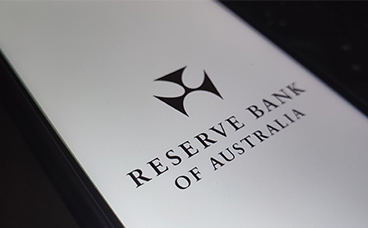Just as an introduction to what I'm going to talk about in terms of Australian interest rates today, we'll talk a little bit about the trimmed mean, which is what the RBA targets. The trimmed mean was invented by the Dallas Fed and the Cleveland Fed. What it does is knock out the 8% of crazy high numbers and the 8% of crazy low numbers.
That's the trimming at both ends. So the number you get as a result of the trimmed mean is pretty much the right way of doing it. It gets you to where the prices of most things are and where inflation is. That’s important to understand what's been happening in inflation.
With that, we've seen data published for the month of July and published in the month of August, which we'll talk about in a moment. Back in our remarks on the 14th of August, we said that the RBA would not cut in September. That was at a time when the market thought there would be a September return. But we thought they would wait until November. So with the RBA leaving the cash rate unchanged on the 30th of September, is it still possible for a cut in November?
The RBA released its statement on 30th September, and that noted that recent data, while partial and volatile, suggests that inflation in the September quarter may be higher than expected at the time of the August Statement on Monetary Policy. So what are they talking about? What are they thinking about when they say that? Well, it could be that they’re thinking about the very sharp increases in electricity prices in the July and August monthly CPIs.
In the August monthly CPI, even with electricity prices rising by a stunning 24.6% for the year to August faster than the 13.6% for the year to July; the trimmed mean still fell from 2.7% in the year to July to 2.6% in the year to August. Now, a similar decline in September would take that annual inflation down to 2.5%.
The September quarter CPI will be released on the 29th of October. Should it show a trimmed mean of 2.5% or lower, then we think that the RBA should provide a rate cut in November. This would provide cheer for homeowners as we move towards the festive season. Still, it all depends on what we learn from the quarterly CPI on the 29th of October.











